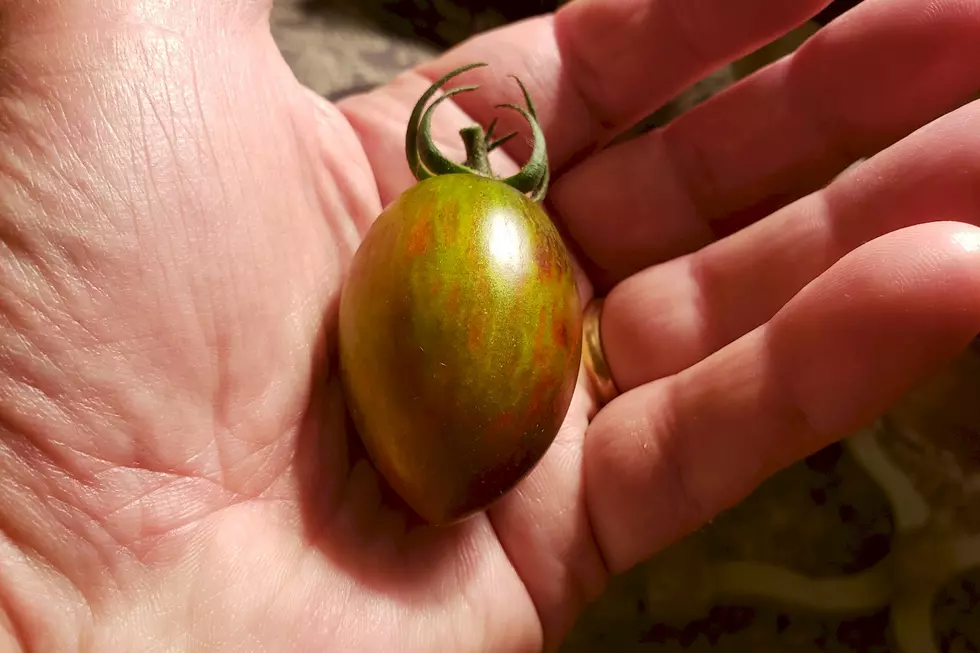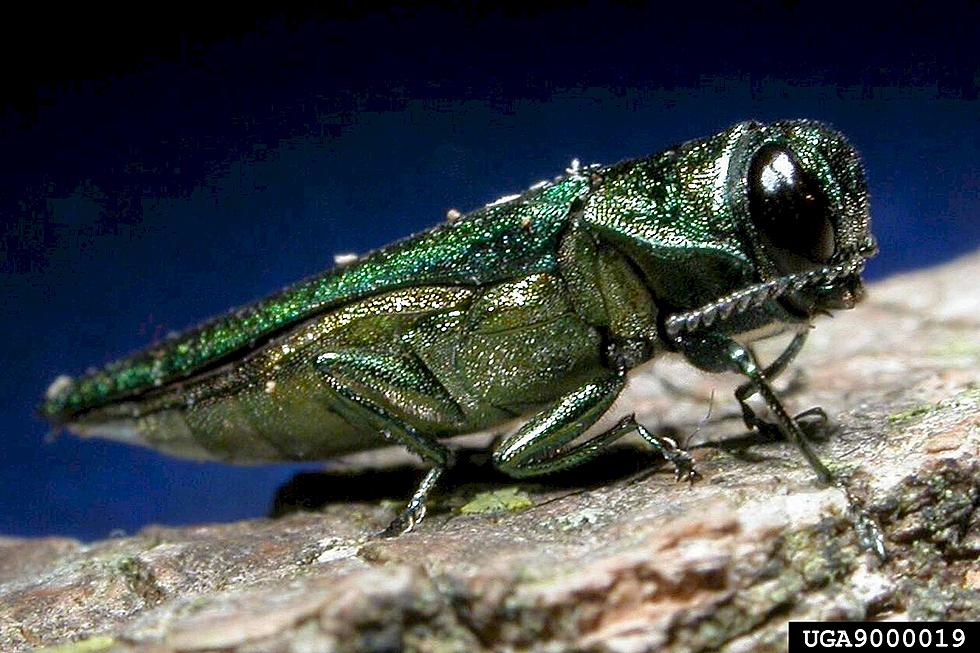
Garden Groove: Canning and Drying
Getting in the Garden Groove with John Schroeder: Growing for Canning and Drying
Most of the people I know who are seriously into vegetable gardening do so in large part so they can preserve a good portion of their harvest to consume in the future. Canning is something my mom and past generations were into big-time, but it’s not an activity I pursued a great deal…until now. In most past years my goal was to eat as much of my produce as possible in its fresh state (what’s better than freshly-picked stuff from your own garden?!) What I couldn’t use I’d give to friends or donate to the food shelf. But in recent years I’ve begun to grow more and more tomatoes with the intention of canning a good portion of them to enjoy down the road. Canned salsa, marinara sauce and tomato soup are all pretty good to eat months after the last edible item has come out of the garden.
Tomatoes are the one thing I tend to can, but I have friends who every year have basement shelving filled with jars of pickles, potatoes, corn, beans and many other goodies. It’s amazing to think how much money you can save on your grocery bills if you get into canning in that sort of “industrial” way.
While not being a prodigious past canner I have always been a fan of drying certain things from the garden. I grow celery, not so much for the stalks (which can be hit-or-miss in terms of attaining store-bought quality.) Instead I grow celery mostly for the leaves. Gently dried, they give off a wonderful aroma and are excellent in soups and stews as a flavoring agent.
We also dry certain herbs that we grow (mainly the “sturdier” ones like thyme, rosemary, sage and summer or winter savory. In the past, I dried leafy things like these by washing them and laying them out on cookie sheets in a 100 to 120 degree convection oven. The gently warm and circulating convection air helped dry out my herbs in a day or two. Then about three years ago, my wife gave me the coolest Christmas gift (see image above.) This multi-drawer wooden monstrosity lives in our garage and it does a great job drying just about anything. The slat design of the pull-out shelves and the structure itself allow for plenty of air movement. I cut up old brown paper grocery bags to line each shelf, and after a week or so of sitting in the late summer heat of the garage my stuff dries nicely and is ready to be put into jars.
Lastly, I’ve become an advocate for smoking and drying peppers. I grow jalapenos for a lot of reasons (first and foremost for making fresh pico de gallo.) But smoked and dried jalapenos are what we call chipotles. And the smoked/dried version of the poblano pepper that I grow mostly for this purpose are called ancho chiles. I put them on my smoker grill at high smoke and low heat for about 3 or 4 hours. Then I finish the drying process either in the oven (like I had done with herbs in the past) or by setting them outside on a hot, sunny day. I’ve learned that you have to make sure the peppers are thoroughly dried or they can begin to turn moldy once you store them in a freezer bag and leave them at room temperature. These blackened shriveled-up peppers add incredible depth of flavor when you grind them up and add them to a batch of chili, a pan of cooked collard greens or just about anything that could benefit from a robust shot of flavor.
Side note: I’ve tried for the first time this year another drying activity that supposedly helps drive off mosquitoes. You hold a couple of sprigs of fresh rosemary and a few leaves of sage and gently tie them all together with thread or very fine twine. Then you allow the bundle to dry for a few days in the sun. Later, you light this dried herb stick and allow it to smoke like incense when you’re out in the evening and finding yourself under attack from “Minnesota’s state bird.” The jury’s still out as to the effectiveness of this alleged bug deterrent, but if nothing else the air becomes filled with a pretty enjoyable scent as your dried herbs slowly burn.
Next week: Always Try Something New.
John Schroeder is a sales guy at Townsquare Media St. Cloud, but in his past life, he was an on-air personality specializing in sports. But what really turns his crank is getting out in his 28 x 15 foot vegetable garden several times a week nurturing, eventually harvesting (and sometimes sharing) homegrown food.

13 Things That Would Be Hard to Explain to Someone From 2019
More From AM 1240 WJON









